My plant-based journey
August 1, 2021
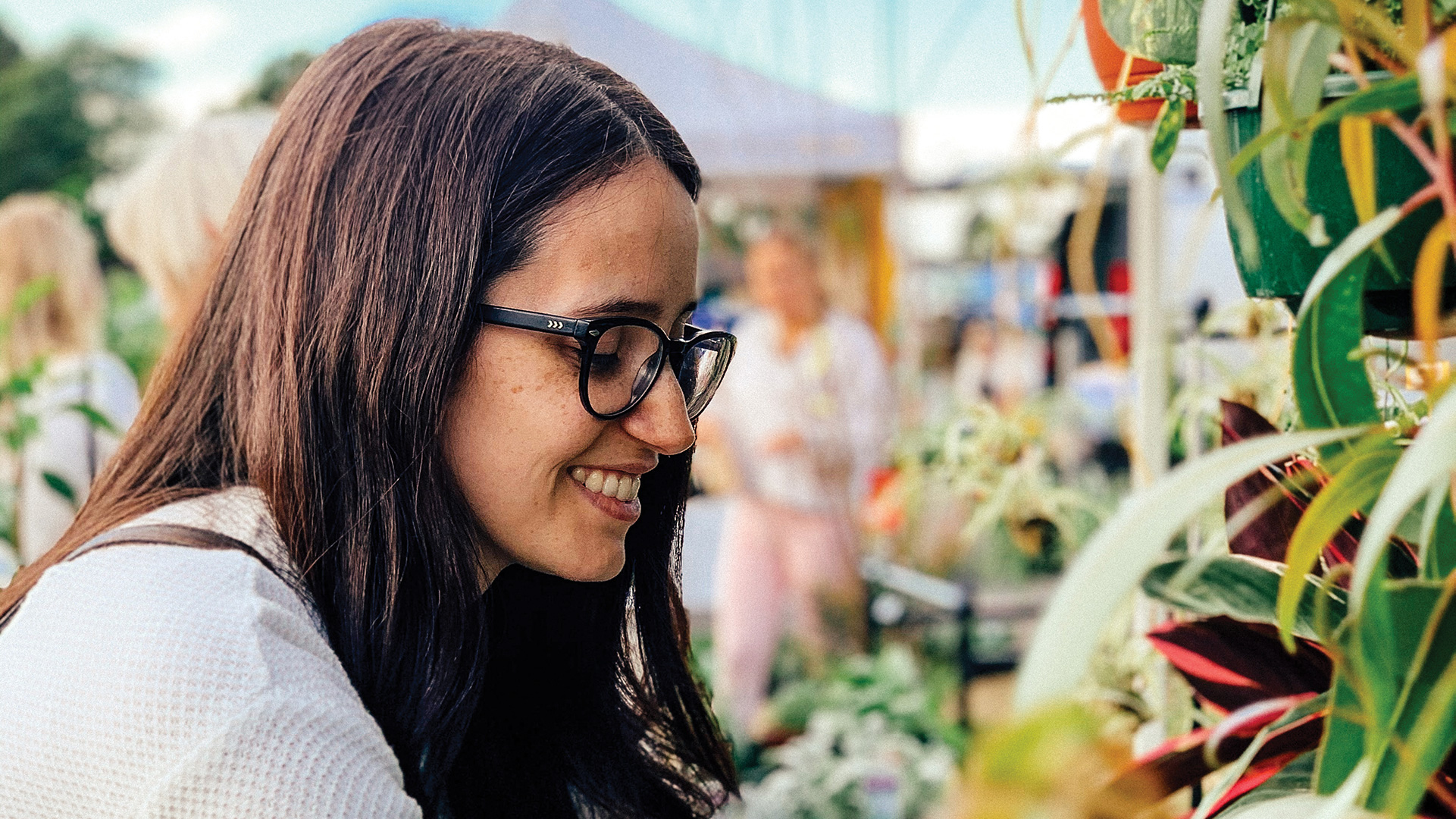
I’ve never wanted to be a vegetarian—to the point of rolling my eyes at the thought of becoming one. My husband tried to suggest a change of diet a few years ago, but my answer would always be a resounding “no”, followed by the question, “Why would I deprive myself of eating something I like?”
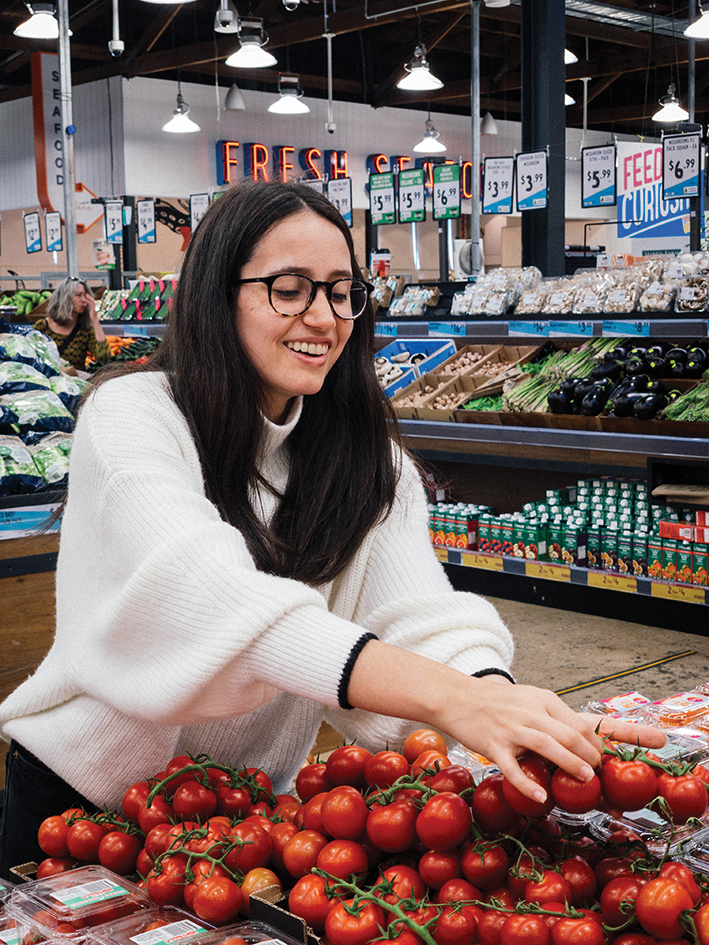
Growing up in Brazil, particularly in the south, where churrasco—marinated meats grilled over an open fire using long skewers—are consumed in every household for Sunday lunch, I couldn’t imagine a flavourful dish without meat. It was a big part of my culture and, subsequently, who I was.
You see, churrasco is not a technique that you learn in culinary school. It’s passed down in family generations. Traditionally, the men in the house are in charge of grilling meat, and the women prepare side dishes like rice, boiled cassava, vinaigrette and farofa—toasted and seasoned cassava flour.
When all the food is ready and the table is set, everybody in the house gathers for lunch accompanied by very loud conversations and lots of sugar-loaded soft drinks.
On weekdays, no-one has time to make churrasco, but meat and dairy still take a leading position in Brazilian dishes. A common weekday menu would start with a cup of milk and chocolate powder and a baguette-style sandwich filled with cheese and a choice of deli meat. For lunch—the main meal of the day—white rice, pinto or black beans, salad, hot chips and a choice of meat—red meat such as beef steak or white meat such as a piece of chicken breast or (only rarely) fish. This finishes at dinner with a burger, a pizza or another toastie with cheese and processed meat from the deli.
Apart from the rice, beans and the occasional salad, my diet for around 25 years consisted of refined carbs and sugar, saturated fats, animal products and processed foods. Was I overweight? Never. I’ve always had a relatively stable weight. Given I was regularly eating three full meals a day and always looked thin, I thought I was doing great! My friends were always telling me how unfair it was that I could eat everything and stay slim.
Of course, not everything was perfect. I would visit the doctor—around once a week—with complaints such as migraine, lower back pain, sore throat, hay fever or a blocked sinus, menstrual cramps or even a mysterious itch on my skin that didn’t leave any marks. All symptoms that over-the-counter medication can easily solve.
The diagnosis would always be “stress”. Every visit to the doctor meant a new purchase from the chemist, many times including antibiotics—probably one of the main reasons why I had such a bad relationship with my gut.
Before moving to Australia in 2019, my husband and I decided to do a complete health check-up while we still had health insurance with full coverage. We spent the whole day in the hospital doing all sorts of exams, and at the end of the day we sat down with the doctor to evaluate our results.
She didn’t tell us anything surprising: we had high cholesterol and triglycerides and some other results that were less than satisfactory, but fortunately no major disease diagnosis.
I remember not taking the results too seriously until the doctor pointed out that by moving to a new country, our access to health care would not be the same. I wouldn’t have health insurance with full coverage anymore, so my regular visits to the doctor would become quite expensive.
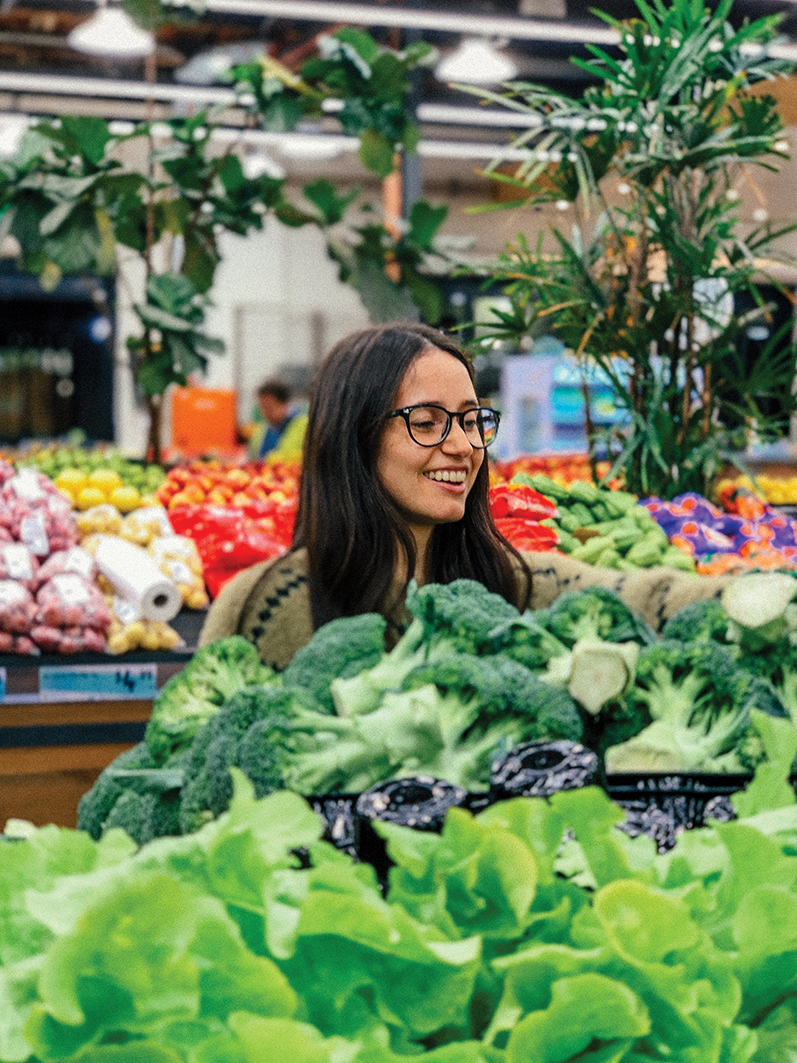
After arriving in Australia, we made many friends in our church who followed vegetarian or vegan diets as described in the Bible. They never forced us to change our diet or judged us for our food choices. Being surrounded by so many people who also loved food and had already decided to eliminate dairy or meat consumption from their diet, mainly for health reasons, started to exhibit a growing influence on me.
For the first time, I was having more plants than meat in my meals. It tasted so good! But strangely, I wouldn’t feel great after every meal. Often I’d feel bloated, which left me confused—this was meant to be a healthy diet, wasn’t it?. “If it’s healthy, it’s supposed to make me feel good, right?” I thought.
Little did I know, my historically poor omnivorous diet and overreliance on antibiotics meant my gut microbiome was no longer populated with the right bacteria to break down some foods.
After a few months of becoming accustomed to the delicious possibilities of plant-based eating and hearing some presentations about the significant impact of food on our overall health, I decided I needed to get serious about my diet. I enrolled in a Complete Health Improvement Program (CHIP) intended for people interested in preventing and even reversing chronic diseases through lifestyle change.
Before starting the program, I did a blood test and had all my measurements and Body Mass Index (BMI) taken. Even though I hadn’t cooked meat at home for months, I still had high cholesterol.
I felt hopeless, but decided to carry on with the program because even though I feared I’d have bad results in my final blood test, I was feeling great. For the first time, I was experiencing life without pain. No headaches, no bloating and so much energy! Even my mysterious skin allergy disappeared. My husband was doing the program with me and stopped snoring; subsequently, I was also sleeping better. It felt like the change from being meat eaters to consuming plant-based foods provided many health benefits.
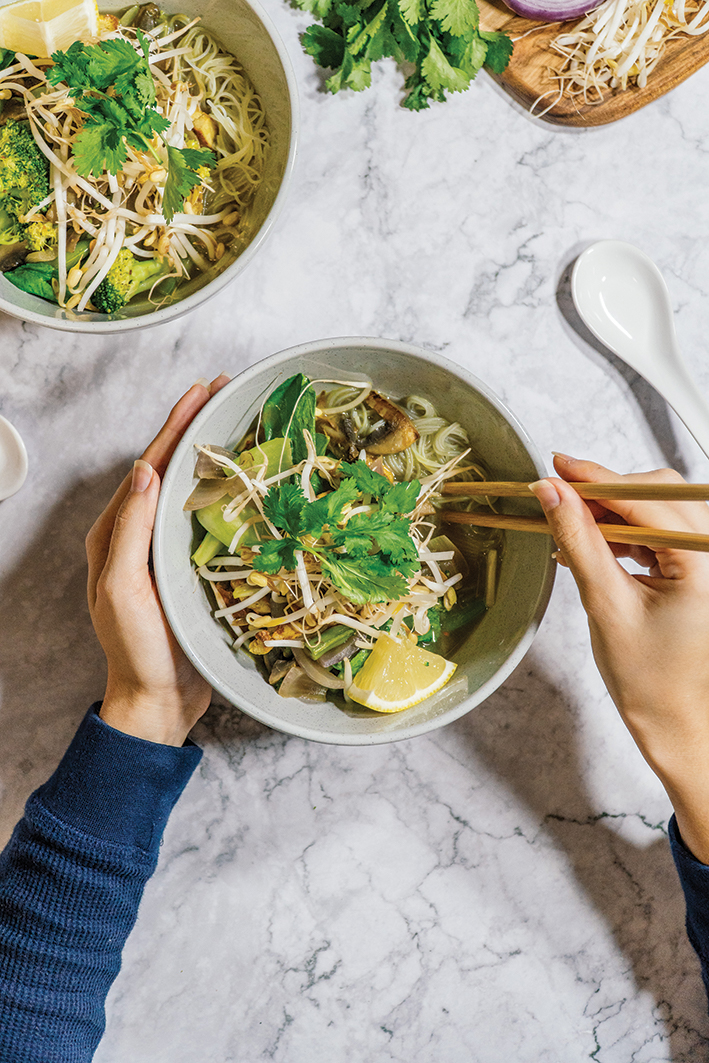
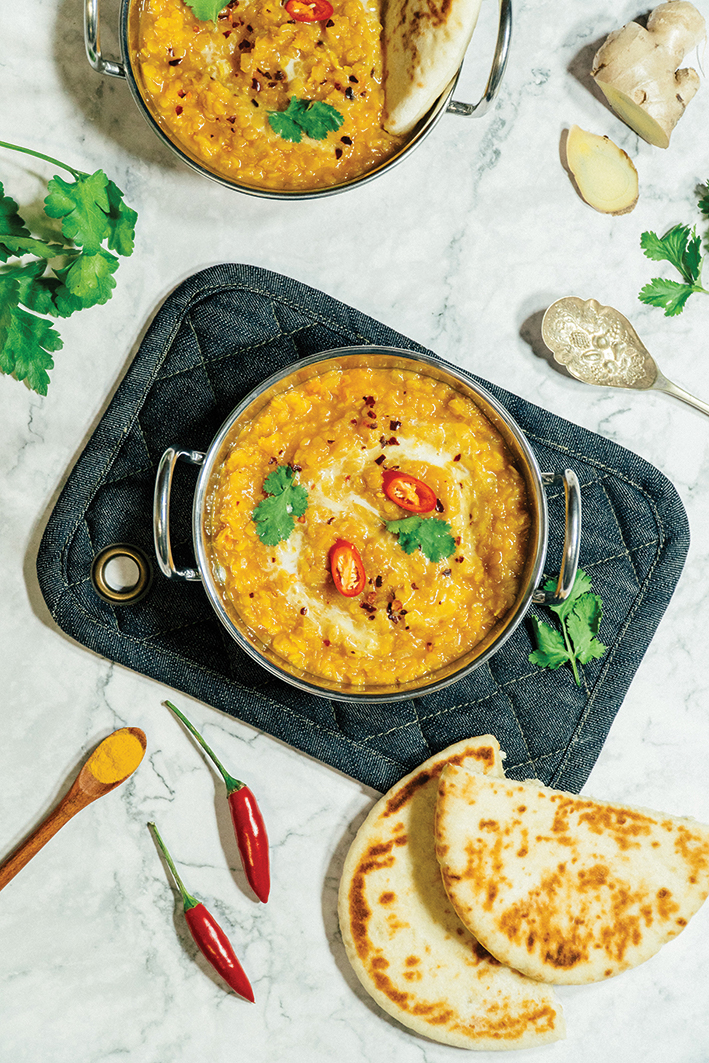
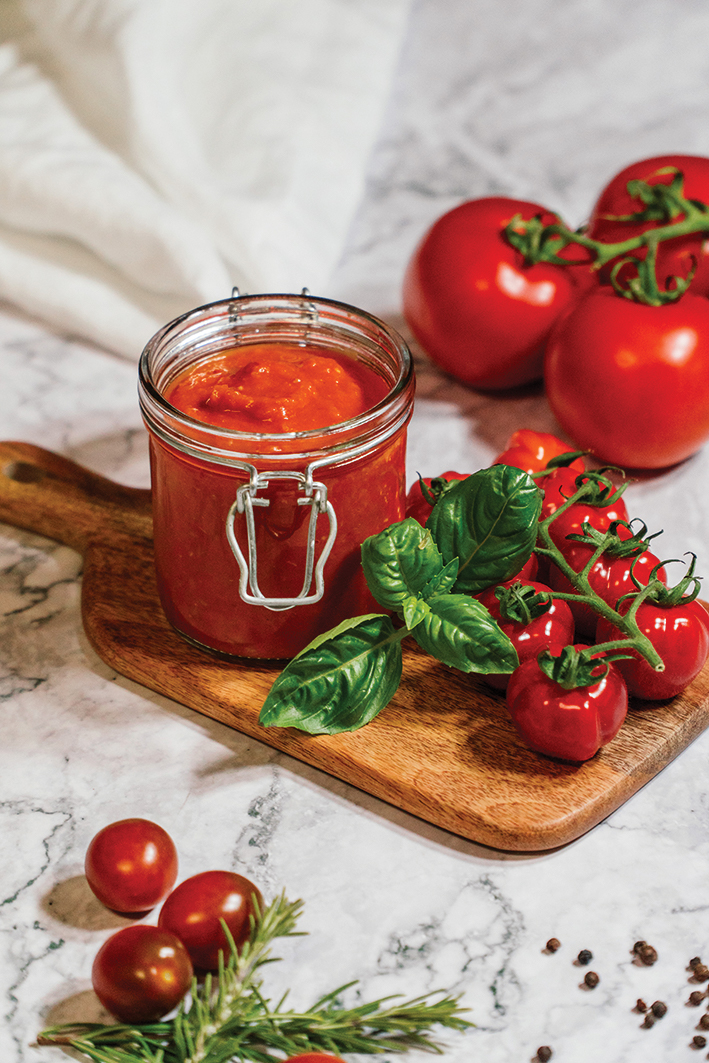
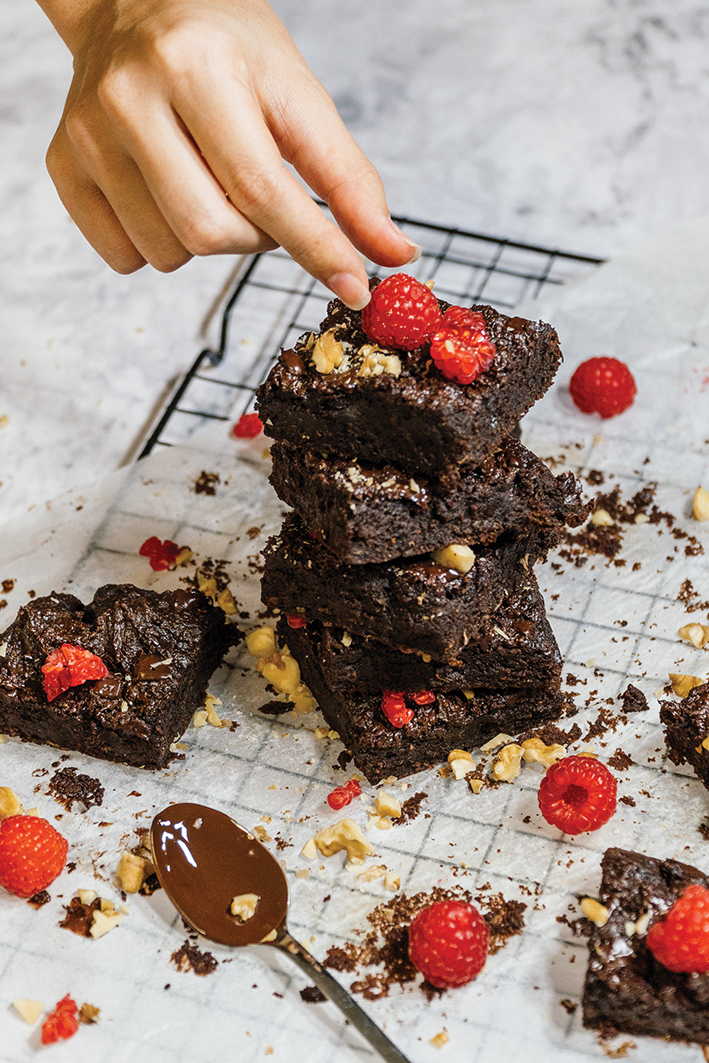
I not only learnt the incredible impact of diet on health through the lectures I was watching, but I saw and felt the effects of plant foods like grains, vegetables and fruits on my body.
I began to understand how essential fibre is and how its benefits go beyond regular bowel movements. Seventy per cent of our immune cells are located in the gut. To have a healthy gut and subsequently a healthy body, we need to feed our gut microbes the best fuel: fibre. Yet, fibre is only found in foods of plant origin.
Having fibre-rich meals helps to protect us from overeating. It also prevents a range of chronic diseases. Research has even shown some types of soluble fibre to be effective in lowering cholesterol levels—which it did for me.
I had my second and final blood test, receiving my results a few days later: all my levels were normalised. I didn’t have high cholesterol anymore! It was all thanks to my whole-foods plant-based diet; a diet packed with fibre and completely free of inflammatory foods such as animal products, refined sugars and saturated fats.
It was then I understood that my high cholesterol and all the symptoms I used to complain about to the doctor were not only caused by meat, dairy and eggs, but all the sugar, fried and processed foods that I loved so much.
By switching to a whole-foods, plant-based diet, I eliminated all those inflammatory foods, and my body healed itself.
You probably know someone who has a terrible diet and says, “If I die, at least I’ll die happy.” I used to laugh and nod, almost agreeing with that statement. But today, I realise that eating all those unhealthy things wasn’t allowing me to live a full or happy life.
Many people think churrasco, fried chicken, hot chips and sugary drinks bring happiness to life. They don’t. They slowly kill us while making us miserable with low energy, bad digestion, migraines, respiratory allergies and so many other symptoms that in the long term can escalate to cancer, diabetes and heart issues.
After the program, I decided I never wanted to feel miserable again. Since then, I’ve been sticking to my plant-based diet, and I certainly don’t miss visiting the doctor.
For more health information, sign up to our free Live Well course.
Juliana Muniz is an assistant editor for Adventist Record magazine. She also runs a Portuguese Instagram page with plant-based recipes, Que Comida é essa? To find out more about the Complete Health Improvement Program, visit the following link.









